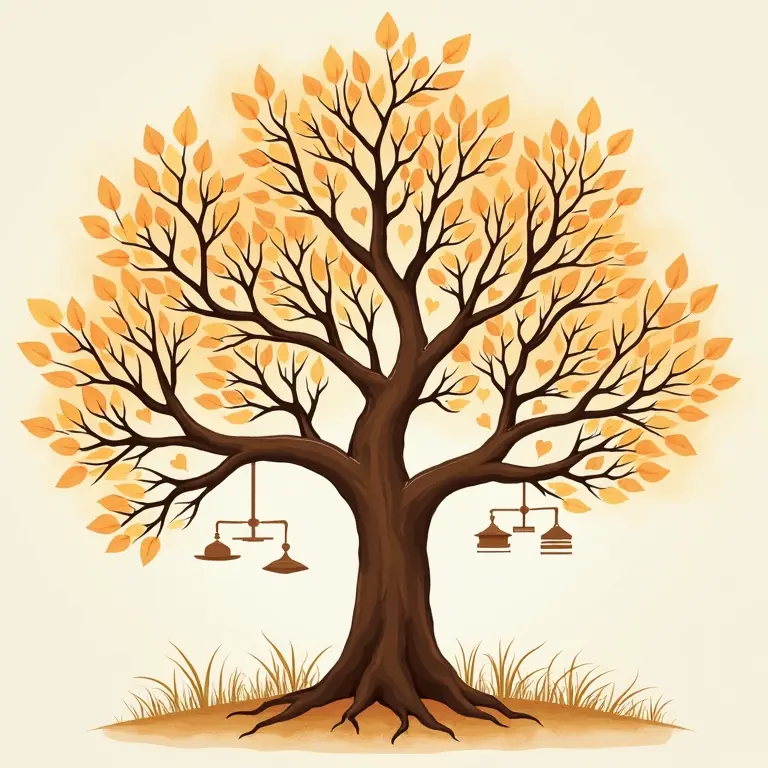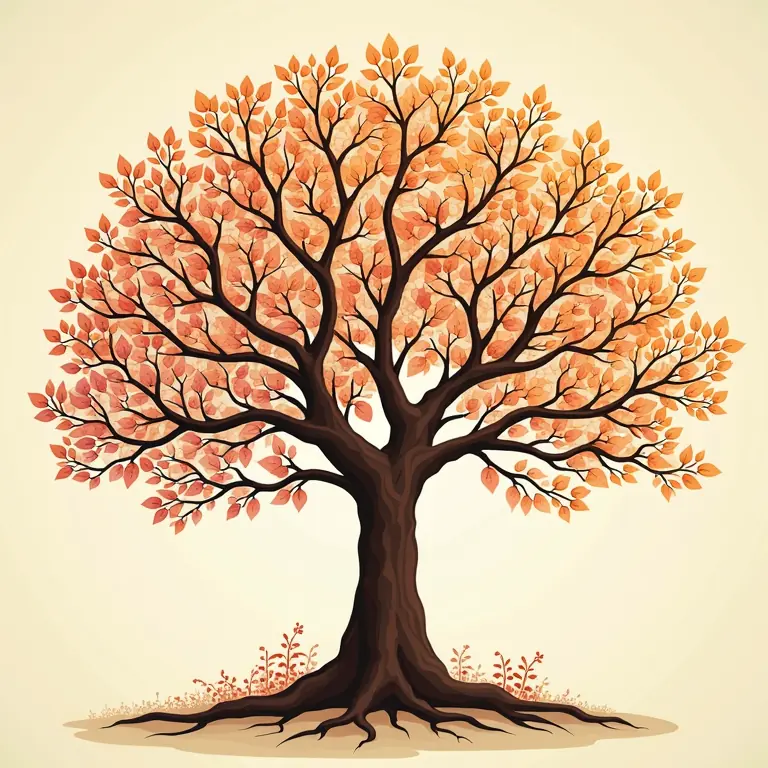Decode Your Descent: A Friendly Guide to Basic Genealogy Charts
So, you’re curious about your family history? That’s fantastic! Uncovering where you come from can be an incredibly rewarding experience. But staring at a blank page, ready to record generations, can be…daunting. Don’t worry! This guide will walk you through the most common genealogy charts, explaining what they are, how to read them, and how to start building your own. We’ll keep it friendly, accessible, and focused on getting you started. Think of this as your beginner’s toolkit for exploring the fascinating world of your ancestors.
Why Use Genealogy Charts?
Before we dive into specific chart types, let’s talk about *why* we use them. Genealogy isn’t just about names and dates; it’s about relationships. Charts provide a visual representation of those relationships, making it easier to understand how family members connect across generations. They help you:
- Organize Information: A chart gives you a structured way to record and manage the vast amount of data you’ll likely gather.
- Identify Patterns: You might notice naming conventions, migration patterns, or common occupations within your family.
- Spot Gaps: Charts clearly show where your research is incomplete, highlighting areas that need further investigation.
- Share Your Findings: Charts are a great way to visually communicate your family history to others.
Think of it like a puzzle. Each ancestor is a piece, and the chart helps you fit them all together.
The Pedigree Chart (Ancestor Chart): Your Starting Point
The pedigree chart, also known as an ancestor chart, is the most common type of genealogy chart and often the best place to begin. It focuses on direct ancestors – your parents, grandparents, great-grandparents, and so on. It works its way *up* your family tree, tracing your lineage back in time.
How it Works
A standard pedigree chart typically has spaces for:
- You: The starting point, usually placed at the bottom of the chart.
- Parents: Above you, with spaces for their names, birth/death dates, and marriage information.
- Grandparents: Above your parents, and so on.
- Siblings: Often included alongside parents to show family relationships.
Each generation expands upwards, with lines connecting parents to children. It’s a fairly straightforward design, and many free templates are available online. You can find printable templates and software to create them digitally. As you fill it out, you’ll start to see your family history take shape.
Reading a Pedigree Chart
Reading a pedigree chart is easy. Start with yourself and follow the lines upwards to your parents, then to their parents, and so on. The chart visually demonstrates your direct line of descent. Pay attention to any notes you’ve added about each individual – birthplaces, occupations, or interesting anecdotes. These details bring your ancestors to life.

The Descendant Chart: Branching Out
While the pedigree chart looks *up* your family tree, the descendant chart looks *down*. It starts with a single ancestor and traces their descendants through the generations. This is useful for exploring a particular branch of your family or for documenting the children and grandchildren of a specific ancestor.
How it Works
A descendant chart usually places the ancestor at the top, with their children listed below. Each child then has their own descendants listed beneath them, creating a branching effect. It’s often wider than a pedigree chart, as it accommodates multiple lines of descent.
When to Use a Descendant Chart
Consider using a descendant chart if you want to:
- Document all descendants of a particular ancestor: For example, you might want to trace all the descendants of a Revolutionary War veteran.
- Focus on a specific family line: If you’re interested in the history of your maternal grandmother’s family, a descendant chart is a great way to organize that information.
- Share the history of a specific branch with relatives: It’s a nice way to create a focused family history for those interested in a particular lineage.
The Family Group Sheet: Detailed Records
The family group sheet isn’t a chart in the same way as the pedigree or descendant charts, but it’s an essential companion. It provides a detailed record of a single family unit – a husband, wife, and their children. It’s used to gather and organize information about each member of the family, including vital records like birth certificates, marriage licenses, and death certificates.
What it Includes
A typical family group sheet includes spaces for:
- Husband’s Information: Name, birth date, death date, occupation, etc.
- Wife’s Information: Same as above.
- Children’s Information: Name, birth date, death date, marriage information, etc.
- Marriage Information: Date and place of marriage.
- Sources: Crucially, spaces to record where you found the information (e.g., census records, birth certificates).

The family group sheet serves as a central repository for all the information you gather about a specific family. It’s the foundation for building accurate and reliable genealogy.
Combining Charts: A Holistic Approach
The real power of genealogy charts comes from using them *together*. You might start with a pedigree chart to trace your direct ancestors, then use descendant charts to explore specific branches. Family group sheets will be your constant companions, providing detailed information for each family unit you encounter. Don’t be afraid to mix and match these charts to suit your research needs.
Digital Tools vs. Traditional Paper Charts
You have options when it comes to creating your genealogy charts. Traditionally, people used paper charts and pens. This can be a satisfying experience, especially if you enjoy the tactile feel of working with physical materials. However, digital tools offer several advantages:
- Ease of Editing: Mistakes are easily corrected.
- Searchability: You can quickly search for specific names or dates.
- Collaboration: Many digital tools allow you to share your charts with family members.
- Storage: Digital charts take up no physical space.
Popular digital genealogy software includes:
- Ancestry.com: A subscription-based service with a vast database of records.
- MyHeritage: Another subscription service with similar features.
- FamilySearch: A free service provided by The Church of Jesus Christ of Latter-day Saints, with a huge collection of records.
- Gramps: A free, open-source genealogy program.
The best tool for you depends on your budget, technical skills, and research goals.
Tips for Filling Out Your Charts
- Start with What You Know: Begin with yourself and your immediate family, then work backwards.
- Be Accurate: Double-check all information before adding it to your chart. Accuracy is paramount!
- Cite Your Sources: Record where you found each piece of information. This is essential for verifying your findings and avoiding errors.
- Don’t Be Afraid to Leave Gaps: It’s okay if you don’t have all the information. Charts are a work in progress.
- Be Patient: Genealogy takes time and effort. Enjoy the journey!
Resources to Get You Started
Here are some helpful resources to kickstart your genealogy research:
- FamilySearch: https://www.familysearch.org/
- Ancestry.com: https://www.ancestry.com/
- National Archives: https://www.archives.gov/
And if you want to delve deeper into related areas, check out our guide on untangling your family tree, or perhaps explore the world of dreams with a guide to lucid dreaming, or even learn about urban light pollution photography.
A Final Word of Encouragement
Genealogy is a journey of discovery. It’s a chance to connect with your past, learn about your ancestors, and understand your place in the world. Don’t be intimidated by the process. Start small, be patient, and enjoy the ride. You might be surprised by what you uncover!


Discussion about this post